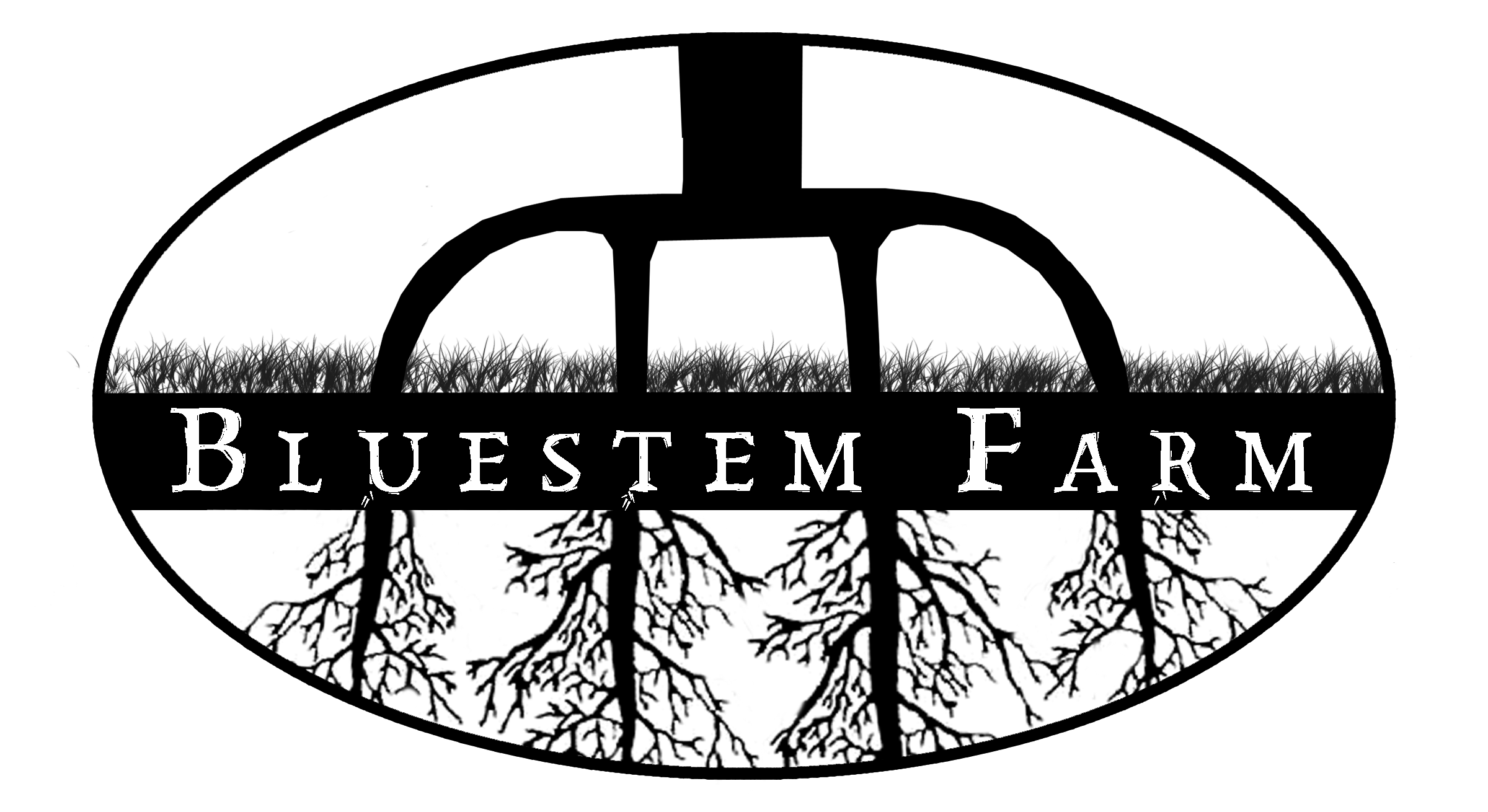Humble dry beans take up three of the top five slots of foods richest in antioxidants. It’s by a lot, too. Some types of beans are up to 35% higher in antioxidants than cultivated blueberries, about 80% higher than pomegranates.
Cooking with Dry Beans
The first thing to do is to carefully sort out your beans and swish them around in a bowl of cool water to make sure they’re clean. If you’re sourcing heirloom dry beans from a local farmer, chances are they don’t have state of the art processing equipment. Even if you’re using beans from the grocery store, give them a good once-over before throwing them into the pot.
We’re big fans of the quick-soaking method: add your beans to a cooking pot, cover them with water an inch higher than the beans, salt them, and boil for one minute. Set them aside for an hour to soak, but longer is also fine. If it’s more convenient to forget about them for a day in the fridge, by all means do so.
We like to use the same water for soaking and for cooking. Some people say it decreases flatulence if you discard the soaking water and use fresh water to cook the beans, but when you do that, you also throw out the nutrients. Others say using a pinch of baking soda when you soak the beans helps. Still, others say you can use garlic and other aromatics to tone down gas. At our house, we eat plenty of beans and don’t seem to have a problem with gas, so it also seems reasonable that the digestive system adjusts with time to a diet that’s rich in legumes.
Meatless Turtle Bean Burgers
Turtle beans are small black beans. Their inky color fades in the process of cooking. The exact proportions of this recipe are pretty forgiving, so it’s not critical to measure carefully if you’re pretty comfortable in the kitchen. It’s easiest to use a food processor, but chopping and mashing by hand works fine, too. If you want to be accurate with measurements, use prep bowls for chop the ingredients, then set each one aside for measuring.
2 cups cooked black turtle beans
1 cup fine bread or cracker crumbs (gluten-free is OK)
½ cup finely chopped walnuts
¼ cup grated Parmesan
1 egg
½ teaspoon salt
Clean and soak and cook the beans as described above and drain them well. In the bowl of a food processor, chop the bread crumbs and walnuts. You’re going for a pretty fine, sandy consistency with both. Pulse the cooked beans until they mash completely. Then add all the rest of the ingredients together and pulse until everything is combined.
Form into burger-sized patties and bake at 375 degrees for 30 minutes, or until firm. Serve with homemade aioli and piles of fresh toppings.
HANDS-ON TIME: 20 minutes
TOTAL TIME: 6 hours (mostly soaking and simmering)
Yellow Eye Bean Soup with Kale and Farro
Yellow Eye Beans are a cousin of Black-Eyed Peas, only a little larger and with a gold splash in the middle instead of a black one.
1 onion
½ teaspoon salt
2 tablespoons olive oil
2 quarts chicken stock
¾ cup yellow eye beans*
½ cup farro
½ bunch kale
Clean and soak the beans as described above. Keep the soaking water as part of your cooking liquid—it contains lots of nutrients.
In a Dutch oven or some kind of soup pot, sauté the onion and salt in the olive oil. (Adding salt at this stage helps the onions to brown well.) When they’re beginning to color, add the chicken stock, farro, and beans, and simmer for an hour or an hour and a half, until the beans are tender. Add finely chopped kale 5 minutes before you’re ready to serve the soup for maximum color and nutritional value.
*Substitute Navy beans if these aren’t possible to find.
HANDS-ON TIME: 20 minutes
TOTAL TIME: 6 hours (mostly soaking and simmering)
Faux Hummus with Hutterite Beans
Avoid preservatives and save money by making your own hummus at home. Traditionally made from garbanzo beans, you can use any type of light-colored beans for this recipe. We like Hutterite Beans for their creamy color and texture.
1 cup cooked Hutterite Beans
2 cloves garlic, or more
½ teaspoon sea salt
2 tablespoons olive oil
3 tablespoons lemon juice
3 tablespoons tahini
Extra olive oil for topping, optional
Smash up the garlic and salt in a food processor, or use a knife and cutting board. Mash the rest of the ingredients together or by hand or with the food processor, and serve with colorful vegetables, like the nutrient-dense purple carrots pictured here.
HANDS-ON TIME: 10 minutes
TOTAL TIME: 6 hours (mostly soaking and simmering)
Read our full article in Clean Eating here.



